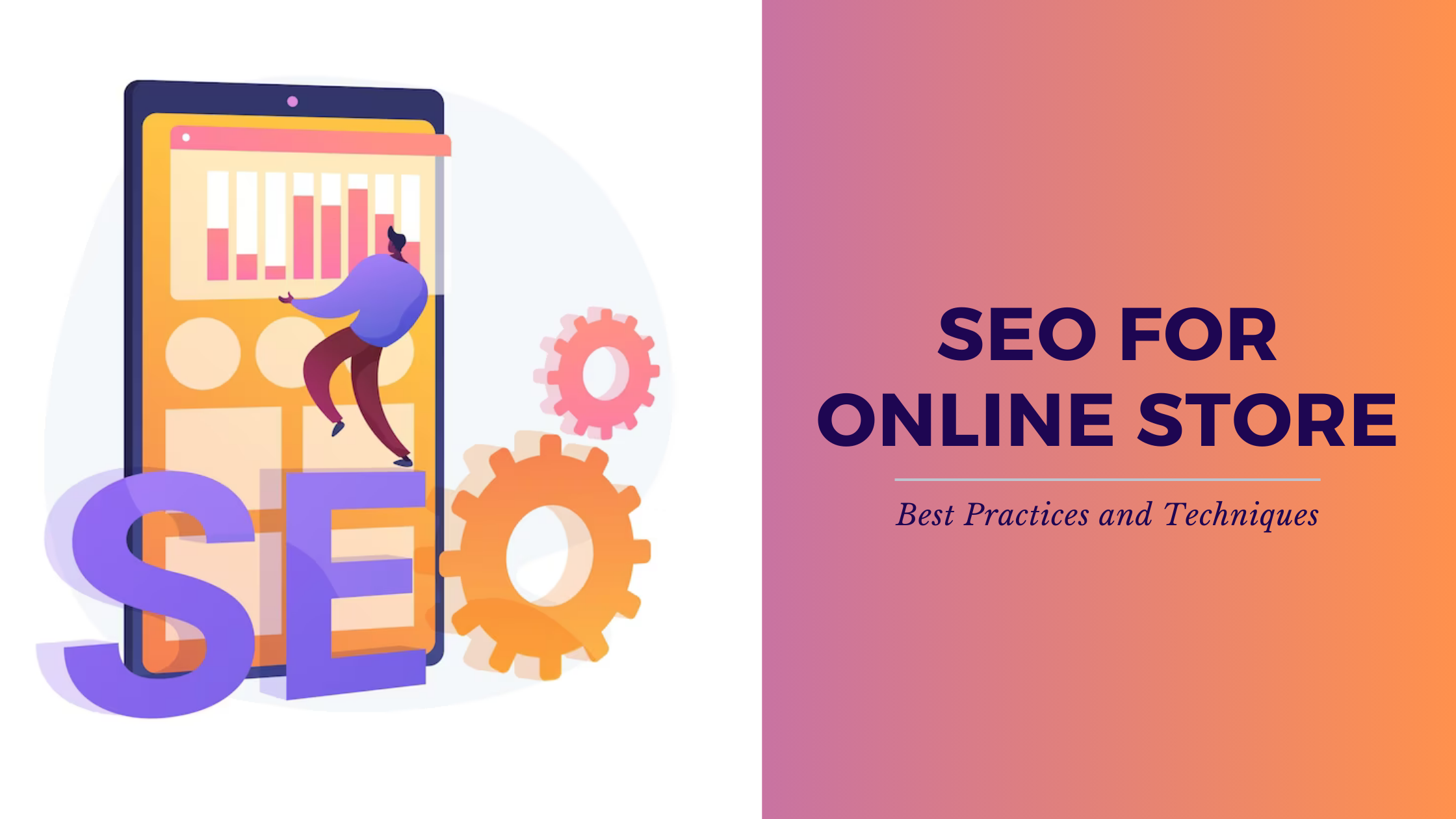SEO for Online Store: Best Practices and Techniques

SEO for Online Store: Best Practices and Techniques
In the digital age, having a strong online presence is crucial for businesses. This is especially true for online stores, which rely on search engine optimization (SEO) to attract new customers, increase visibility, and grow sales. In this article, we’ll explore some of the best practices and techniques for SEO in the context of online stores. We’ll also highlight some relevant SaaS products that can help streamline this process.
Understanding SEO
SEO is a set of strategies and techniques aimed at increasing a website’s visibility in search engine results. This is achieved by optimizing the website’s content and structure to make it more attractive to search engines. The ultimate goal is to increase organic (non-paid) traffic to the site.
Best Practices and Techniques
- Keyword Research: This is the process of finding and analyzing the terms that people enter into search engines. Tools like SEMRush and Ahrefs can help you discover these keywords.
- On-Page SEO: This involves optimizing the content and HTML source code of a page. A tool like Yoast SEO can guide you through this process.
- Technical SEO: This refers to improving the technical aspects of a website, such as loading speed and mobile-friendliness. Google’s PageSpeed Insights can help identify areas for improvement.
- Link Building: This is the process of acquiring hyperlinks from other websites to your own. Majestic SEO is a great tool for analyzing your backlink profile.
- Content Marketing: Creating valuable content is key to attracting and retaining users. BuzzSumo can provide insights into what content is performing well in your industry.
- Local SEO: If your online store also has a physical location, optimizing for local search is crucial. Moz offers robust tools for local SEO.
- E-commerce SEO: If you’re running an online store, your SEO strategies should also include e-commerce SEO. This involves optimizing your product pages, descriptions, meta tags, images, and more. CoSchedule can help you organize all your marketing efforts.
- Monitoring and Reporting: Regularly monitoring your SEO efforts is crucial to understand what’s working and what’s not. Screaming Frog is a powerful tool for this purpose.
Conclusion
SEO is a crucial part of running a successful online store. By following these best practices and utilizing the right tools, you can increase your store’s visibility, attract more customers, and boost your sales. Remember, SEO is a long-term strategy, and it requires time and effort to see results. But with patience and persistence, the payoff can be significant.



